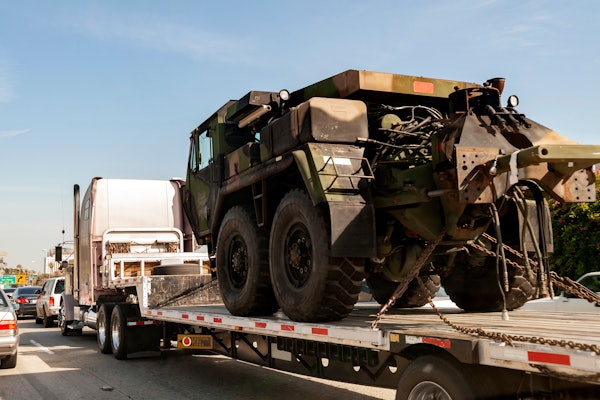John Baxter is senior associate editor of Commercial Carrier Journal.
E-mail [email protected].
For K. Don Tullos, there are many sound reasons to maintain a safety program. “We do it to save dollars; to comply with the law (though some fleets seem to want to do just that and nothing more); to improve our image; to reduce injuries to the driving public; and to reduce deaths on the road,” says Tullos, senior corporate safety advisor at FedEx Express, Memphis, Tenn.
It’s essential that your culture embraces all these goals, Tullos suggests. Certainly the bottom-line impact of operating a safe fleet is a powerful incentive, but that’s not enough to win the commitment of everyone you need to accomplish maximum safety.
“[Safety] is something that has to be done throughout the company, or it won’t work,” Tullos says. “Sales, operations and maintenance are all part of the company cloth.” So, every department must be involved in a big way in a good safety program. “When it works best,” says Tullos, “is when it’s done for all the right reasons.”
According to Tullos, FedEx Express’s safety program rests on four cardinal principles:
Hire right. “This doesn’t just apply to a driver or dispatcher; it matters from a safety point of view when hiring technicians, managers, even the vice president of sales,” Tullos says. “Hire someone who is genuinely qualified, or you won’t have a successful company.” A carrier’s success, Tullos believes, is a critical part of safety. Hiring right begins, especially for larger carriers, with “written employment policies in a good manual.” That means clear job descriptions for each position, and then hiring people who are truly qualified and motivated to fulfill them.
When hiring a supervisor, look for someone who could perform the jobs of those he supervises. Verify all credentials and training claims, and cough up the fee to get a driver’s record from the state. Prospective drivers always should have a full, live road test. Having unqualified people on staff frequently leads directly to accidents.
Train employees. “This would even include a sales manager,” Tullos says. “Develop appropriate training to support each particular job in your fleet.” FedEx drivers get a road test twice a year to erase any bad habits they may have learned.
Train each employee before turning them loose on the road or in the workplace; and retrain them regularly. Be sure to retrain when there is any change in the process or tools. Otherwise, you’re wasting your time and effort.
Increase awareness. Hold meetings, including dinners, Tullos says. Stress teamwork. Send a letter to a driver at his home commending him on his safety record. Hold driver championships. Stress peer recognition. Update your people on the company’s condition, even if it’s in dire financial straits.
Investigate all incidents. “Base your decision as to whether or not an accident could have been prevented on the cause, not the cost,” Tullos says. FedEx uses a preventability guide that provides written accountability. Have an appeal process with one peer member of the company for each category of employee. The peer member of the panel can even be chosen by the employee. Don’t worry that this will foul up the process. “We have found that peers vote that an accident is preventable 95 percent of the time,” Tullos says. “Be firm, but fair. If there is a gray area, always give the employee the benefit of the doubt. An employee should come out of the process feeling good about himself, even if he ends up being fined.”
These four steps – hire right, train employees, increase awareness and investigate all accidents – are simple enough in concept. Yet, too few companies make them the basis of their safety program. If your program is little more than a quarterly drivers meeting and an annual awards banquet, it’s time for a safety revolution in your company’s culture.








